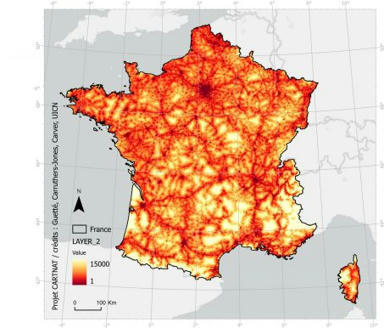Des géographes ont réalisé la carte de France des espaces naturels les moins touchés par l’activité humaine, et ce sans quitter leur bureau, grâce aux bases de données existantes.
Research and publish the best content.
Get Started for FREE
Sign up with Facebook Sign up with X
I don't have a Facebook or a X account
Already have an account: Login
Revue de presse et du net par le Pôle de partage des connaissances S&T de l'Office français de la biodiversité
Curated by
DocBiodiv
 Your new post is loading... Your new post is loading...
 Your new post is loading... Your new post is loading...
|
|













Sur LCI https://www.lci.fr/environnement-ecologie/video-grand-format-biodiversite-des-geographes-ont-realise-la-premiere-carte-de-france-des-zones-sauvages-2197020.html
Les explications de l'UICN "CartNat : Premier diagnostic national des aires à fort degré de naturalité" https://uicn.fr/cartnat-premier-diagnostic-national-des-aires-a-fort-degre-de-naturalite/
PLus d'infos CartNat : Une Cartographie du gradient de naturalité potentielle de France métropolitaine https://uicn.fr/aires-protegees/wilderness/